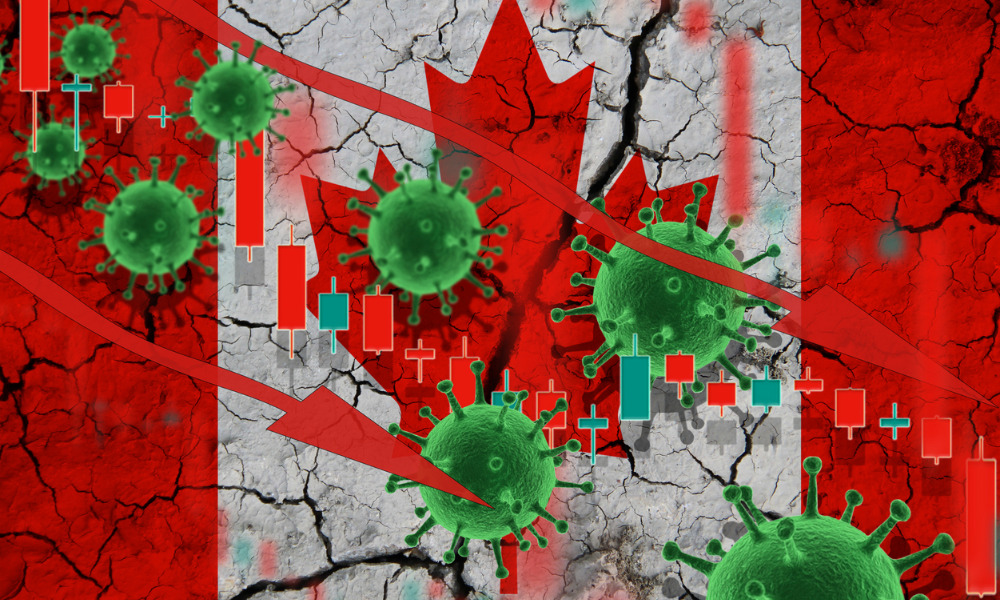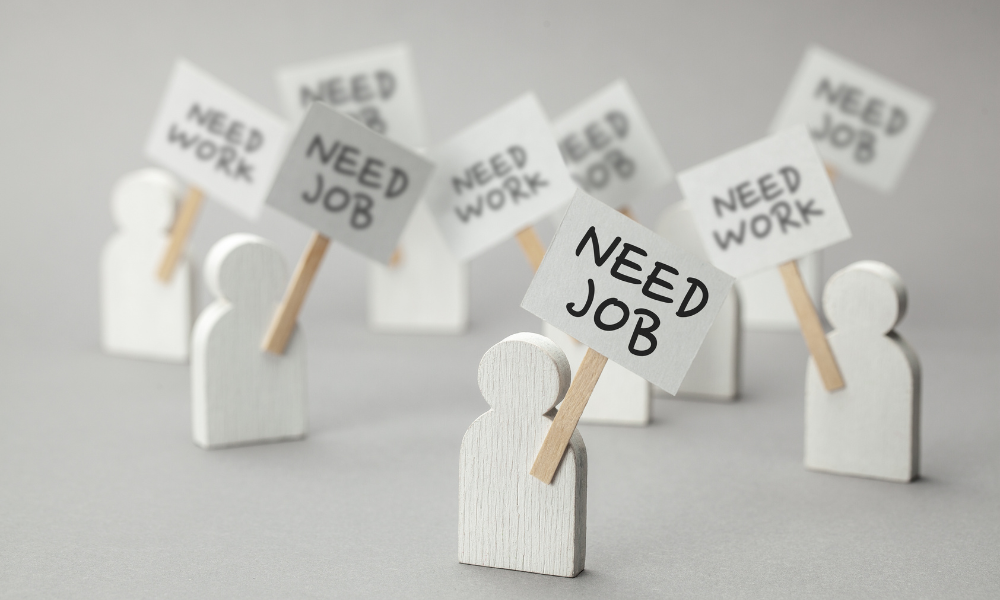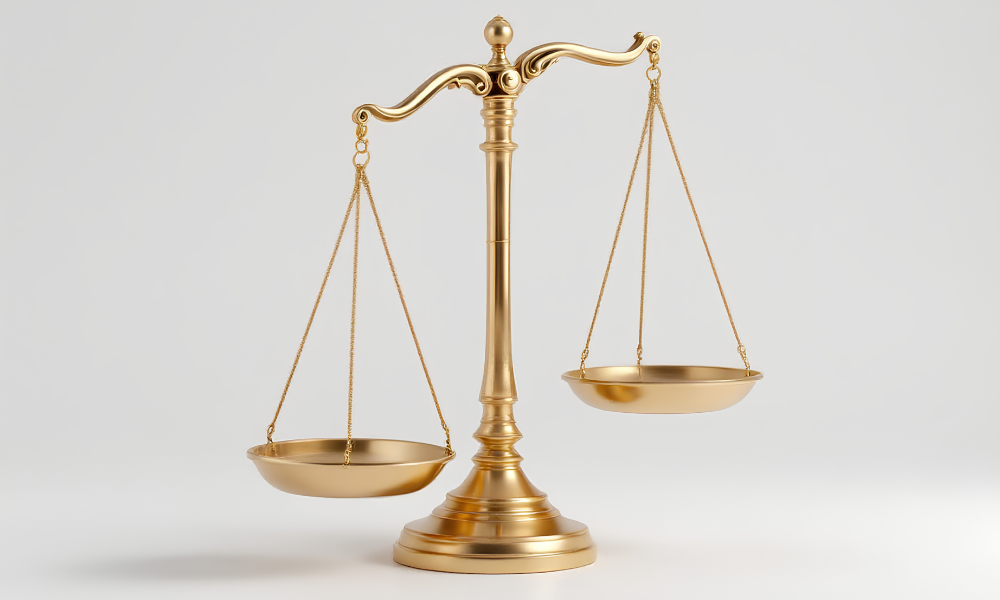Chief economist tells WP the recession will be more prolonged than first thought – and breaks down his outlook for each province

It’s a prognosis that most people recognise but, like in many tough situations, sometimes requires someone to tell it how it is. While economic data is on the rise as Canada grapples with its COVID-19 recovery plan, a chief economist has warned that the pandemic-induced recession will be more prolonged than anticipated.
Pedro Antunes, chief economist for the Conference Board of Canada, has released his provincial outlook and told WP that the depth of the recession is only now being understood. With a number of assumptions factored in, he said the Canadian economy will take until the end of next year to return to pre-pandemic levels of output.
He added: “It has certainly been a very sharp shutdown of the economy. In record economic data indicators, we've never seen anything like this before, nor have we lived through anything like this in recent history.
“We’re really starting to see the reality of it and now the big questions are: how long does it last? How long does it take to get out of this? What will the new normal look like once we do?
“Operating in this environment is going to be very costly [for companies]. It’s going to mean that they're operating, for many of them, at a very limited capacity and at higher costs. Programs like the wage subsidy and some of the other social safety nets that the government has put in place have really helped get us through this so far, and we think are going to be crucial to getting us through this bumpy road that we expect for the next year.”
Antunes’s outlook is based on a number of assumptions:
- Social distancing protocols will be relaxed only gradually until COVID-19 is no longer a domestic public health threat. Additionally, there will be no second, economy-wide shutdown due to the virus. Regional or local shutdowns are still possible. But nationally, restrictions will be steadily relaxed.
- The need to continue to practice social distancing will keep many parts of the economy operating below potential until a vaccine is available.
- An effective vaccine for the COVID-19 virus will be found and widely available to Canadians by June 2021.
- Globally, a vaccine will not be available until the fall of 2021. This will keep outbound and inbound travel suppressed longer than what we envision for the domestic economy and will result in negative impacts for a prolonged period on such industries as air travel, accommodations, and arts and culture. We expect travel patterns to return to their historical norms after October 2021.
- International immigration will be negatively affected this year and next by the pandemic. Starting in 2022, Canada will return to its announced federal targets for new arrivals
While the provincial report is called Uneven Recovery, the chief economist said the downswing and the impact of the closures have been remarkably similar across the country. However, there are differences when looking at the oil patch.
He said: “We're seeing a double whammy because not only is revenue and oil royalties hit, but in many respects, production is being hit in Alberta, Newfoundland and Labrador, and in Saskatchewan as well.
“Capital investment budgets, the construction activity and the maintenance and repairs, and investments in new developments … these are the things that have really been cut in those provinces. This has big supply chain implications on the local economy.”
The report details how Alberta and Saskatchewan will record the steepest declines in real GDP this year. At the other end of the scale, Prince Edward Island, Manitoba, and British Columbia will suffer smaller declines in economic activity, thanks in part to lower per capita numbers of COVID-19 cases.
The deterioration in economic activity in Ontario and Quebec in 2020 could have been far worse were it not for the ability of workers in key financial services to work from home and maintain their income and spending habits.
Looking ahead to next year, growth patterns are expected to change. Alberta will post above-average growth as economic activity rebounds fastest from the far lower base reached in 2020. Saskatchewan and Newfoundland and Labrador are also forecasted to benefit as oil prices continue to recover, thanks to ongoing increases in global demand.
British Columbia will record the best overall performance over the 2020–21 period, as work on some major energy projects managed to continue while other energy projects across Canada ground to a halt. Also, the B.C. government was in a better fiscal position heading into the pandemic, allowing it to provide large doses of fiscal stimulus to combat the negative effects of the virus.
Here are some highlights from “Uneven Recovery”:
Alberta pummelled by COVID-19
The province has been hit doubly hard this year, as its economy has been pummeled by the COVID-19 shutdowns and by the sharp decline in prices and global demand for oil. Oil producers have shut production at many sites, including at some oil sands mines where stopping production is costly due to the expensive fixed costs and capital upkeep.
Although restrictions around the world are beginning to ease and demand for oil will gradually improve, it will be months before revenues for Alberta’s oil and gas producers recover. The Board expects real GDP to plunge by 11.3 per cent this year, before recovering and expanding by 7.9 per cent in 2021.
To help mitigate the recession, the Alberta government has implemented one of the largest stimulus packages among the provinces. This included a direct equity investment in the Keystone pipeline, a loan commitment to the project and additional funds for Alberta’s infrastructure. The total stimulus package is worth close to $10 billion. Alberta still has a relatively low debt burden compared with the other provinces, and this, combined with rock-bottom interest rates, should enable the province to manage its rising debt levels.
Newfoundland and Labrador suffers double whammy
Newfoundland and Labrador’s economy has taken a double hit, constrained by measures to stop the spread of COVID-19 and by the significant decline in world oil prices and other commodity prices. Several sectors were hit hard as the economy shut down in mid-March.
Some of the most severe impacts have occurred in customer-driven sectors, such as arts and entertainment, accommodations, and food services, due in part to steep losses in both local and tourist spending. The pandemic also led to temporary work stoppages at the Voisey’s Bay mine and the Come by Chance oil refinery.
Still, the province will fare slightly better than the country as a whole in 2020. Real GDP is expected to drop by 8.2 per cent nationally, compared with a decline of 7.1 per cent in Newfoundland and Labrador. The province reacted quickly to the virus and has managed to keep total cases low by national standards. The Board of Canada’s call is for a 5.2 per cent increase in real GDP in 2021 fuelled by an increase in consumer and business activity but also by a number of construction projects, including the continued expansion of the Voisey’s Bay underground mining project.
Prince Edward Island dealing with tourism collapse
The island had its worst recession on record, although the downturn should be short-lived, as it’s managed to contain the virus through social distancing and other measures. An estimated second-quarter drop of 15 per cent would be the biggest on record and result in an overall annual contraction of 4.9 per cent in the province’s GDP this year, with a 4 per cent rebound expected in 2021.
The closed U.S. border remains a big issue – with U.S. visitors P.E.I.’s largest international market for tourism. While the loonie remains at attractively low levels for travellers from the U.S., the border closure has left them unable to take advantage of it.
Nova Scotia – from bad to worse
Nova Scotia’s economy was in trouble even before the pandemic hit, as weak growth was already anticipated this year, partly because of the closure in January of the Northern Pulp mill, which hurt other industries linked to the mill’s supply chain.
The Board expects real GDP to drop by 7.6 per cent this year and to only partly recover in 2021 with growth of 4.6 per cent. Export-intensive industries have suffered badly, especially the lobster fishery, which has been severely damaged by the pandemic and the resulting global collapse n demand for lobster.
Compared with the rest of Atlantic Canada, the province hasn’t done as well at controlling the virus and, consequently, the provincial government was forced to implement stricter social distancing measures.
New Brunswick’s strong rebound
The province’s economy has been hit hard this year, with real GDP forecast to decline by 8.1 per cent in 2020—in line with the national decline. However, a rebound in global demand for resources, coupled with government stimulus, will help generate a robust 7.1 per cent rebound in 2021. New Brunswick also managed to flatten the pandemic curve faster than most other provinces, thereby allowing an early reopening of many factories and outlets.
Will Quebec pay the price?
The COVID-19 pandemic hit Quebec the hardest of all the provinces, and this will lead to a decline in real GDP of 7.2 per cent this year. However, the Board expects a strong recovery in 2021, with a gain in real GDP of 5.3 per cent anticipated. Aggressive measures by the provincial government, such as the forced shutdown of the construction and manufacturing sectors in April, meant the province was able to re-start non-essential industries in May.
There may be a price to pay for these earlier re-openings, though, as COVID-19 cases started to rise in mid to late July. This may lead to another round of closures, which would hurt the economic rebound.
Ontario struggling to control the virus
Ontario will record a steep decline in real GDP growth this year, with an anticipated drop of 7.6 per cent. Fortunately, a good rebound is expected, with a gain of around 7 per cent. The poor performance this year is due in part to the province having the second-highest number of COVID-19 cases in Canada—only Quebec has recorded more.
Toronto remains a source of concern, as the high number of infections there forced the provincial government to keep many local businesses closed even after other regions of the province were able to open up. The economy has been hurt by the decline in immigration due to border restrictions that were imposed in response to the pandemic.
Manitoba the envy of other provinces
Manitoba’s relative success in managing the COVID-19 pandemic is reflected in both its GDP and employment numbers. While the province’s GDP is forecast to fall by 5.8 per cent in 2020, this is a solid performance by national standards. The second half of this year looks much better for the economy, with anticipated output gains of 3.1 per cent in the third quarter and 2.1 per cent in the fourth quarter. For 2021, we expect Manitoba’s economy to rebound by 5.0 per cent.
Although there has been a recent upswing, Manitoba’s COVID-19 caseload has been the envy of many provinces.
Saskatchewan hit from all angles
The Saskatchewan economy posted growth of only 0.8 per cent in 2019, and the pandemic will add to the economy’s woes before a recovery takes hold in the second half of this year and into 2021. Overall, economic growth will plummet by 8.7 per cent this year, followed by a modest 4.7 per cent rebound in 2021. The economy has been hurt by difficulties in the mining sector, including the shutdown of several potash mines last year due to weak demand and low prices. China’s temporary ban on potash imports from the province didn’t help.
British Columbia boosts recovery prospects
B.C. managed to flatten its COVID-19 curve relatively quickly. Restrictions have eased, allowing for accommodations, film production, parks, and some entertainment facilities to reopen. Also, primary and secondary education resumed on a voluntary basis in May, giving the province a better sense of what conditions will be like when classes start again in the fall. The Board expects real GDP to decline by a relatively modest 5.5 per cent this year before rebounding and expanding by 6.7 per cent in 2021.
The province has been boosted by the continuation of construction activity on large infrastructure projects, including LNG Canada’s terminal in Northern British Columbia. Also, the government designated pipeline construction as an essential service during the pandemic.
The province announced an initial $5 billion COVID-19 Action Plan, including $3.5 billion for critical services and immediate financial relief for individuals and businesses. The remaining $1.5 billion will be applied to additional economic recovery initiatives.
Antunes said: “B.C. is benefiting from some huge capital investment projects that are happening in the natural gas and those projects have forged ahead despite the problems in the oil patch. These are major investment projects that are adding to the construction outlook near term for the province.
“Trade is recovering slowly with Asia and China, so hopefully we will see that recover but the other thing is that B.C. has been in a fairly good fiscal situation in comparison to some other provinces, and the amount of provincial support that's been added to offset the crisis has been stronger.”



